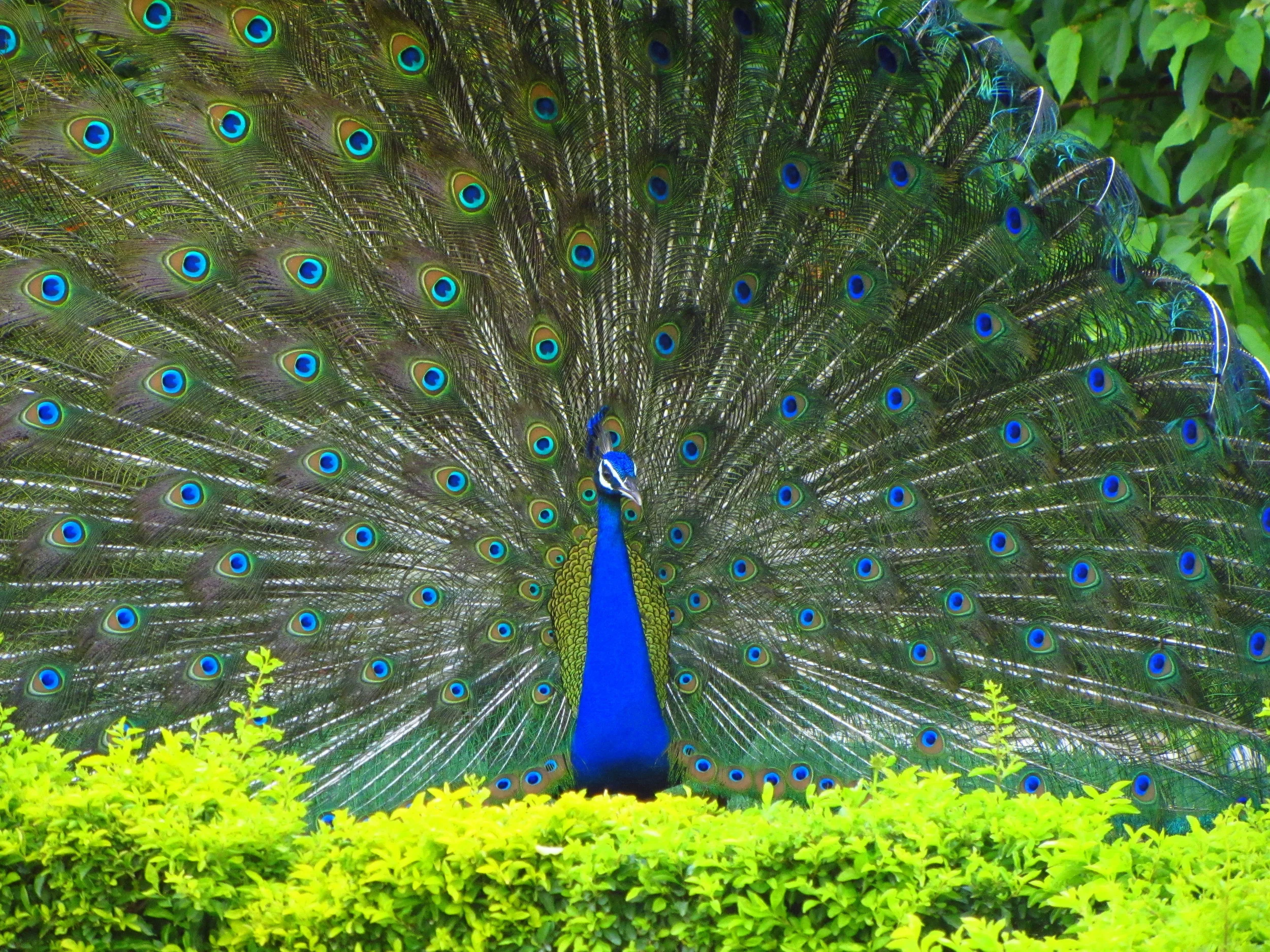Applications
In our study, we used NaturePatternMatch to investigate recognizable features on eggs laid by birds parasitized by the Common Cuckoo.
This is just one way in which NaturePatternMatch can be implemented in research on animal signaling, recognition and communication. In the insect realm, for example, NaturePatternMatch could be used to investigate mimicry by butterflies, camouflage by stick instects, or individual recogntion by paper wasps. For applications in which the signal receiver is a vertebrate, it is interesting to consider the ways in which NaturePatternMatch is similar to visual processes in vertebrates (see below).
NaturePatternMatch can also be applied to questions about physiology, development and heredity. For example, NaturePatternMatch could be used to study the repeatability and heritability of phenotypic patterns, from leopard spots to egg markings to lizard pigmentation patterns. NaturePatternMatch was designed with these diverse applications in mind and can be used to recognize and compare natural patterns in a vast array of plant and animal taxa.
Relation to biological vision
NaturePatternMatch uses the the Scale-Invariant Feature Transform (SIFT) (Lowe 1999), which extracts features in a way that approximates the response of neurons in the primate inferior temporal (IT) cortex, which plays a crucial role in object recognition. In primates, visual processing occurs in different parts of the brain, with increasingly complex features extracted at different stages of the visual pathway. In the primate IT cortex, which represents the final stage of visual processing in the ventral visual stream, many neurons show an optimal response to features of intermediate complexity. The complexity of these features, including shapes and markings that are largely invariant to transformation and rescaling, is similar to those identified by SIFT. Features of intermediate complexity appear to be optimal for tasks related to object classification since they are more informative than very simple or very complex visual features.
Although birds do not have structures homologous to those in the ventral stream of the primate visual cortex, the avian tectofugal pathway – which plays a dominant role in visual discrimination tasks – is believed to operate in a similar way, with recent work supporting the view that the general processes involved in spatial vision and object recognition are widely conserved in vertebrates. Indeed, research on comparative vision – with a particular focus on primates and birds – is flourishing: for a recent review, see Soto & Wasserman 2012. Like primates, birds encode features of various complexity at different stages of visual processing. Evidence from pigeons suggests that birds extract view-invariant features, similar to those identified by SIFT, from visual scenes and use them for object recognition.
Thus, the algorithms used by NaturePatternMatch for SIFT feature extraction and mapping are inspired by aspects of biological vision and object recognition. However, real object recognition likely involves extremely complex and sophisticated parallel processing, a fact not captured by the more straightforward filtering and extraction processes modelled here. Therefore, our approach should be considered to be a roughly analogous representation rather than a complete description of the complex visual and cognitive processes involved in vertebrate pattern recognition.




